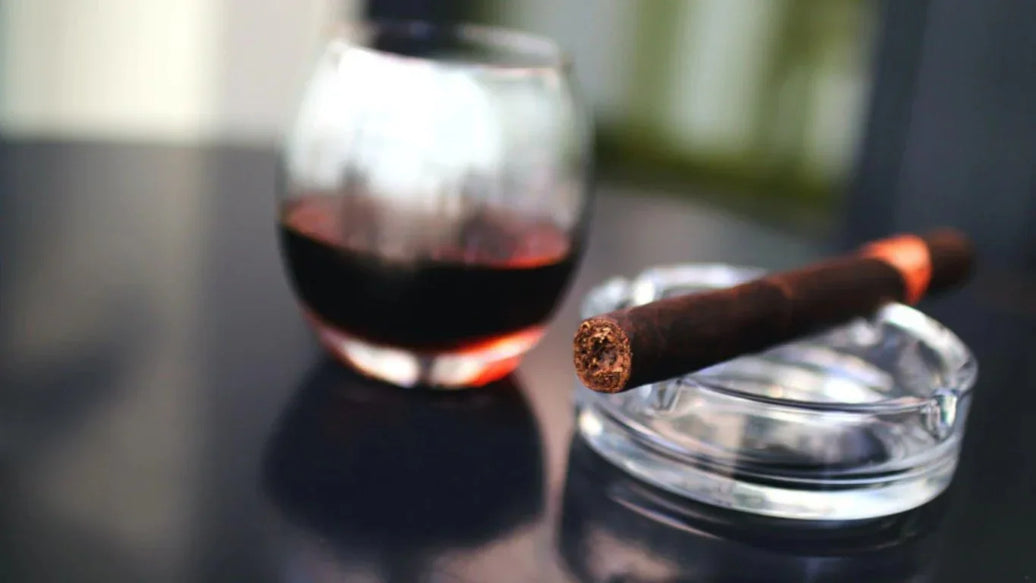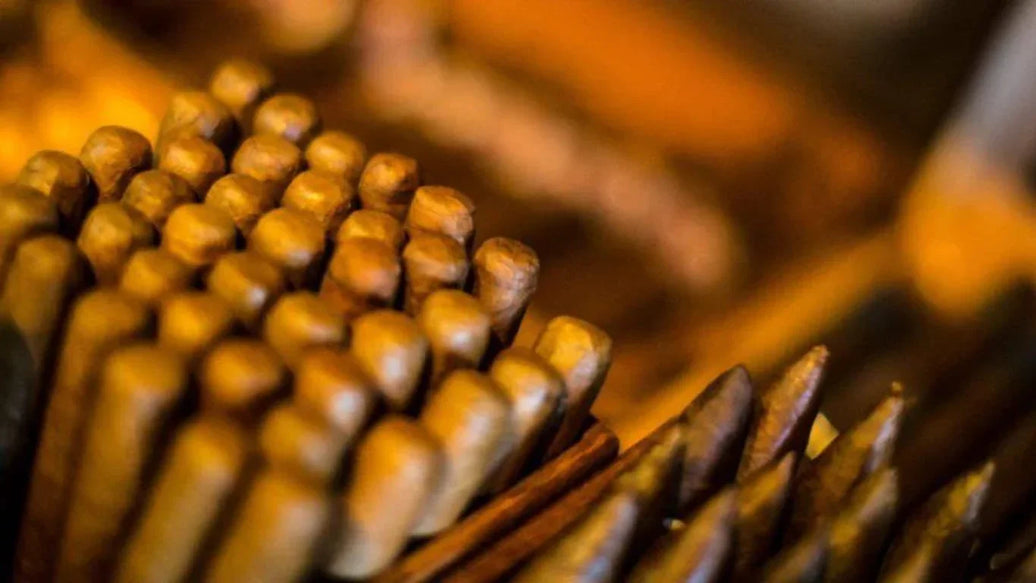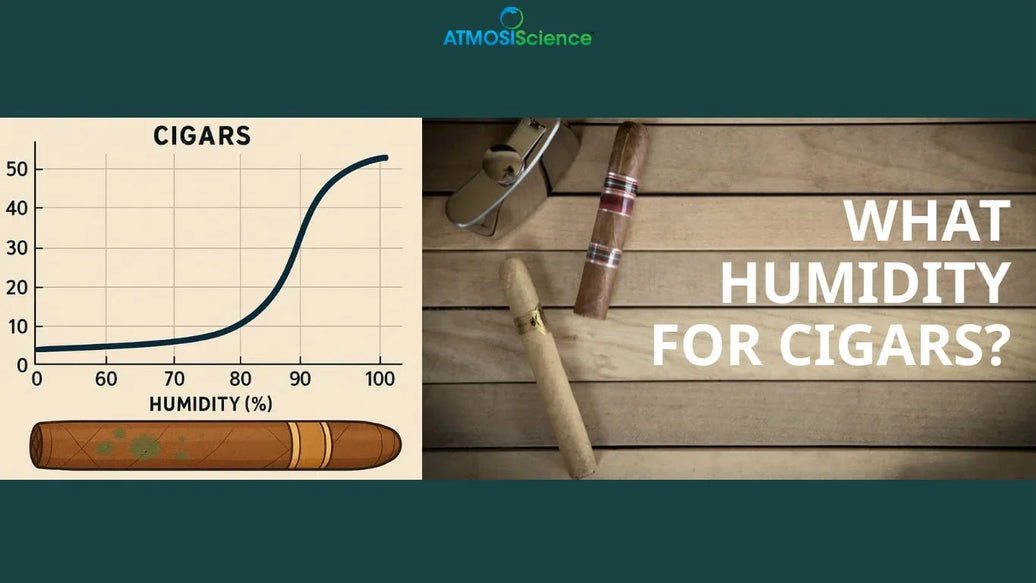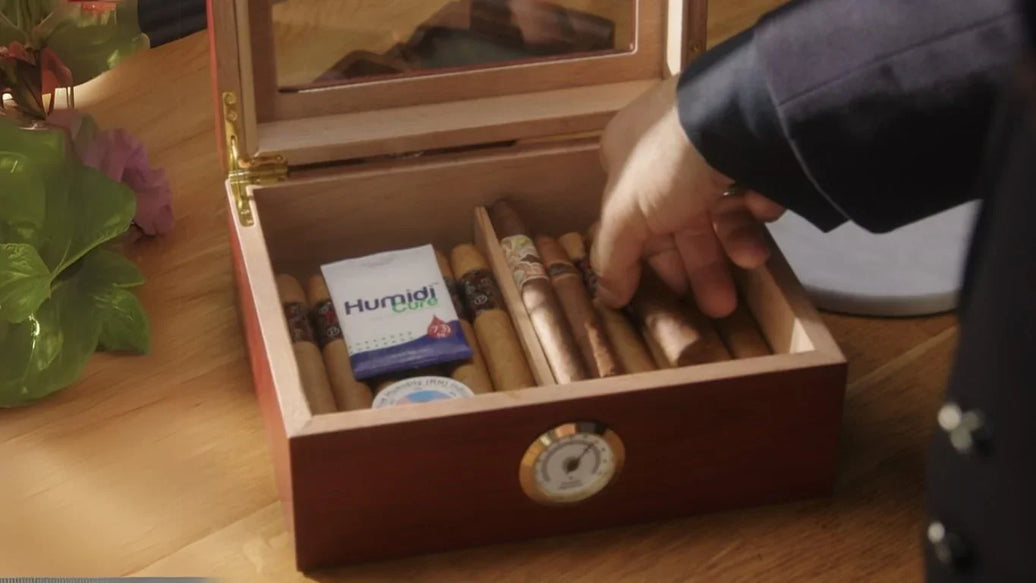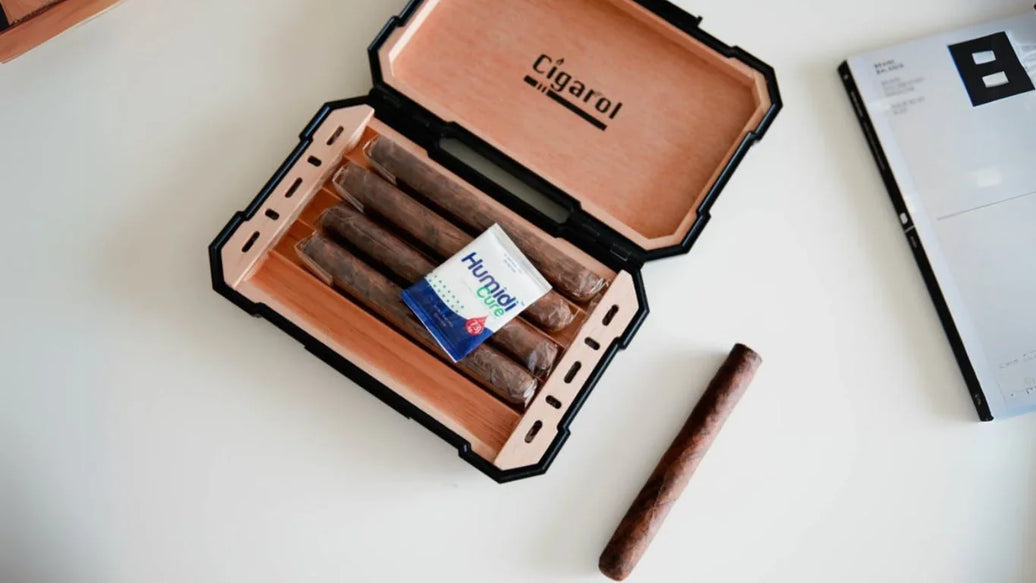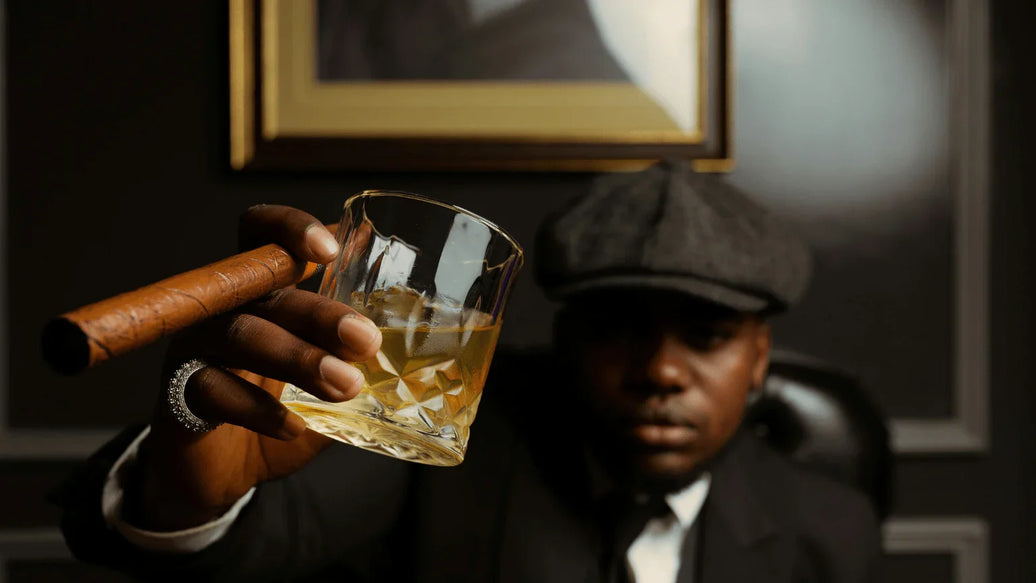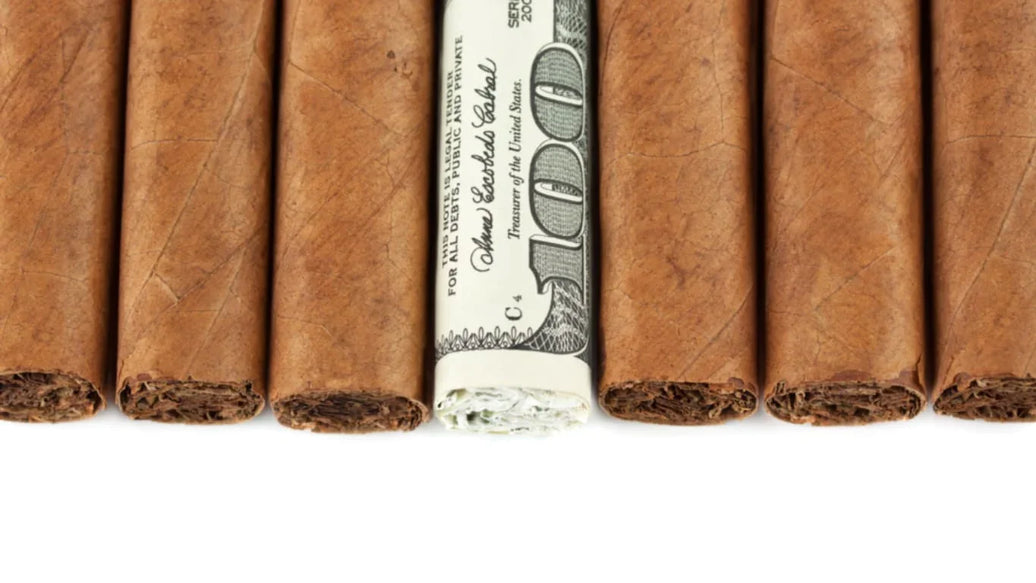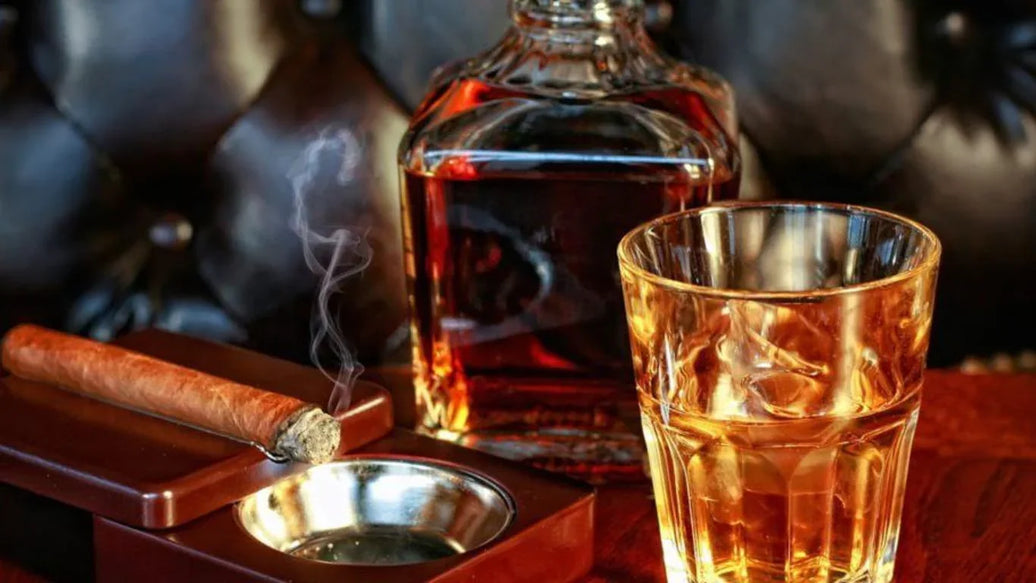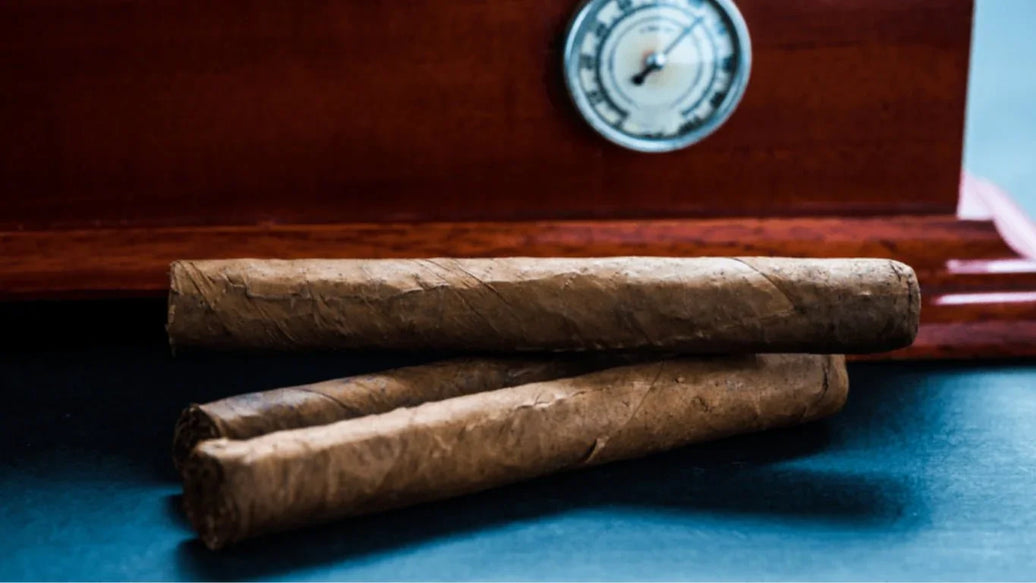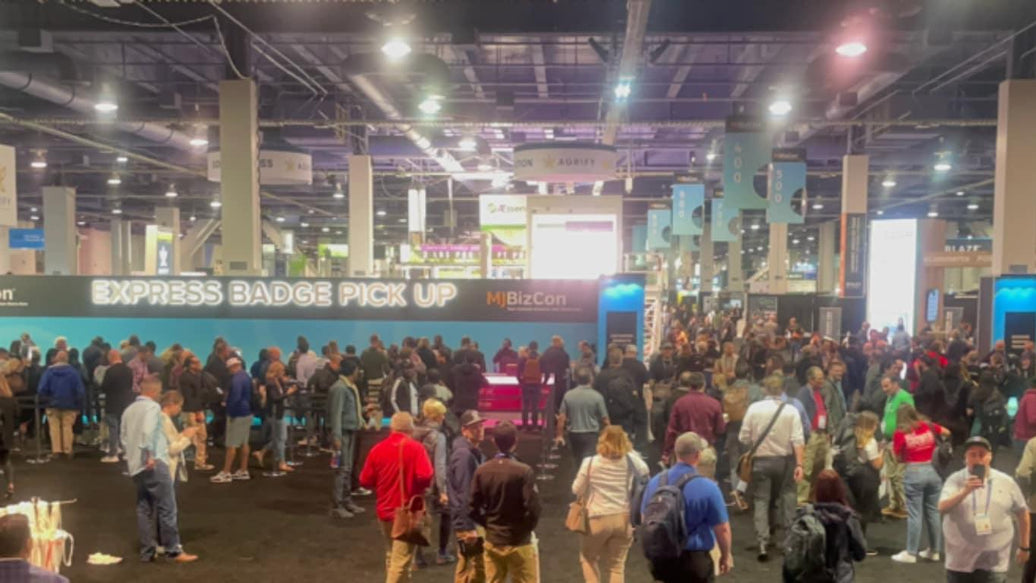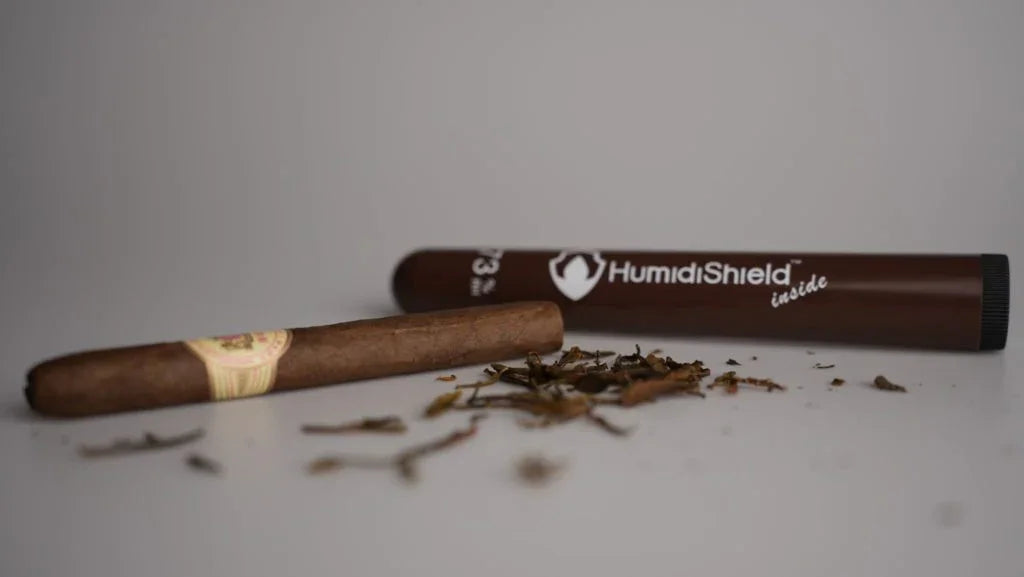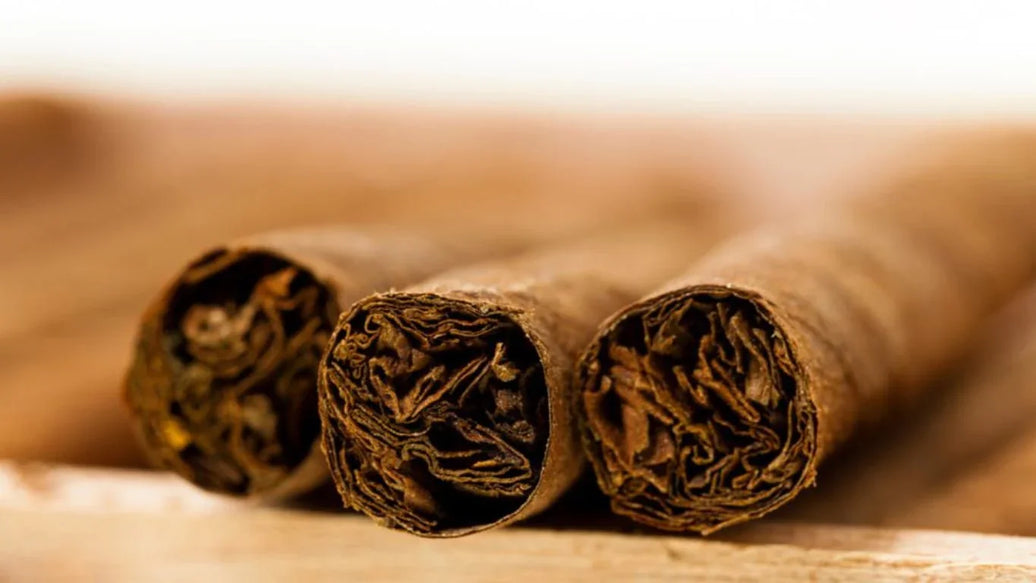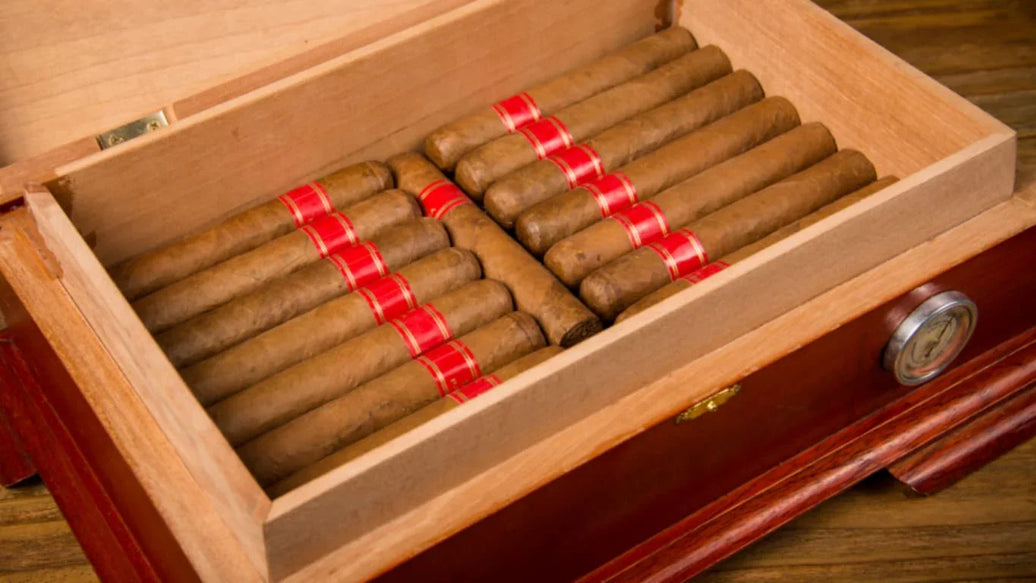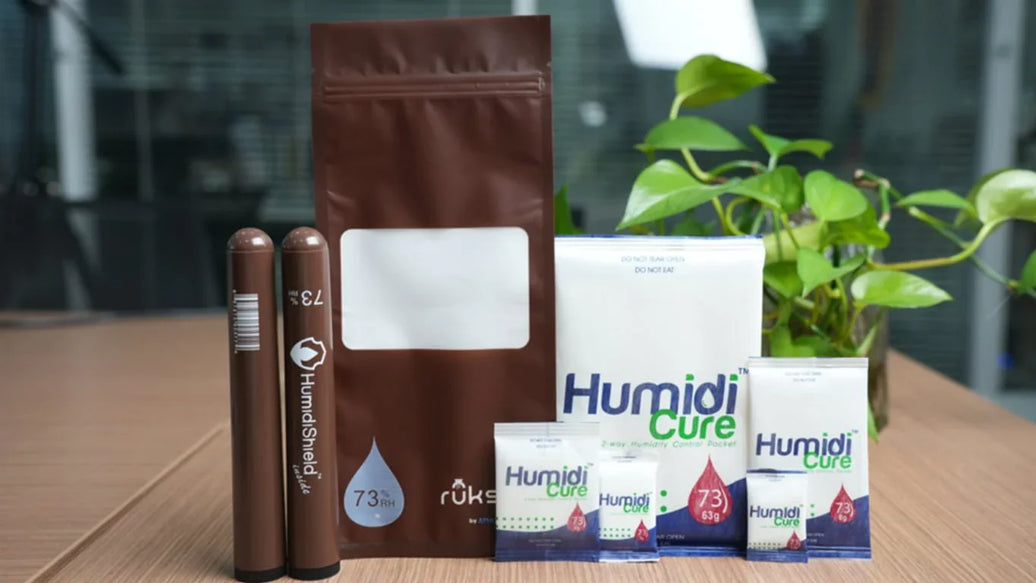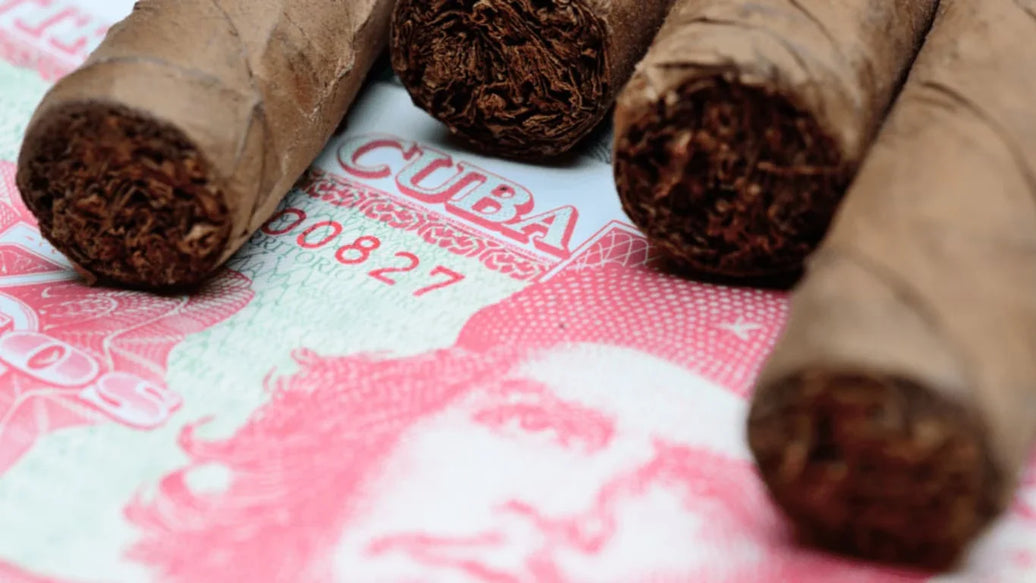For decades, trade embargoes between Cuba and the U.S. have made it difficult for Americans to get their hands on authentic Cuban cigars. This difficulty results in a thriving resale market, but that market is also rife with fakes.

Today, we will share with you some telltale signs that your Cuban cigar could be a low-quality knockoff.
Pay Attention To The Head
Your typical straight-sided cigar will come finished with what’s called a mounted head – also known as a three-seem cap. Cuban cigar rollers are masters of the craft, so sloppy or uneven heads usually indicate that the cigar was not rolled in Cuba. Remember that this method may not always be a sure way to identify a fake cigar since not all mounted-head cigars are made by Cuban manufacturers.
Symmetry
Cuban cigar manufacturer’s higher quality control standards mean they tend to have few imperfections. You can spot a fake by paying careful attention to the symmetry of the cigar. Any asymmetrical qualities in your cigar are a clear sign of non-Cuban origin.
Packaging
Bad packaging is a quick and easy way to spot a fake. Comparing a box of real Cubans to a box of fakes will make these inconsistencies stand out as clear as day. If you have doubts about the authenticity of your Cubans, pay extra close attention to these details:
- Box
- Label placement
- Bands
- Embossing
- Color
Prices

Fake cigars are often sold at unrealistically low prices. Simply put, if the bargain is too good to be true, then it probably is. Here are the prices that notable Cuban brands cost in Cuba:
- Montecristo No.2 – 8.50 CUC
- Cuban Cohiba Esplendidos – 23 CUC
- Behikes: 30 to 40 CUC
If a vendor offers you an Esplendido – or any other Cuban brand – for 10 CUC, then it’s almost certainly not the real deal.
Ashes
Real Cubans tend to burn with a grey, salt and pepper-colored ash. Overly white ash is a sign of inferior tobacco.

Clear Lids
Cuban cigars aren’t packaged with clear lids. If your Cubans come in a box with a glass, lucite, or otherwise clear lid, then it’s most definitely a fake.
Limitadas
Edicion Limitadas are heavily faked since only three of these cigars are released every year. For example, a Cohiba Limitada from 2016 or 2015 is probably a fake because Cohibas were not a part of the Edición Limitadas Trio in those years.
Barber Pole
A barber pole cigar is made with two wrappers of different colors that are intertwined in a fashion similar to the pole outside of a barber shop.
This technique gives the cigar a unique and intriguing look. However, they are not a part of Cuba’s cigar portfolio.
If you see a barber pole cigar posing as an authentic Cuban, you should ignore it. It is most assuredly a fake.
Shop At The Reputable Retailers
An easy way to avoid fakes entirely is to only buy from genuine vendors. Don’t be deceived by cigar hustlers in the streets of Havana, who will offer you authentic Cubans at a bargain rate. Remember, if the bargain is too good to be true, then it probably is. These street markets are a common scam that gets run on unsuspecting tourists.

When it comes to genuine Cuban Cohibas, there are no discounts. If the real thing is what you’re looking for, there are many reputable cigar retailers with multiple locations throughout world.
Check The Count
Most Cuban brands have a specific number of cigars per box. For example, Cohiba Behike BHK cigars are one of the rarest in the world and only come in boxes of ten. If someone offers you a box of Behikes, make sure that the count is ten exactly; anything else is a sure sign of fakery.


